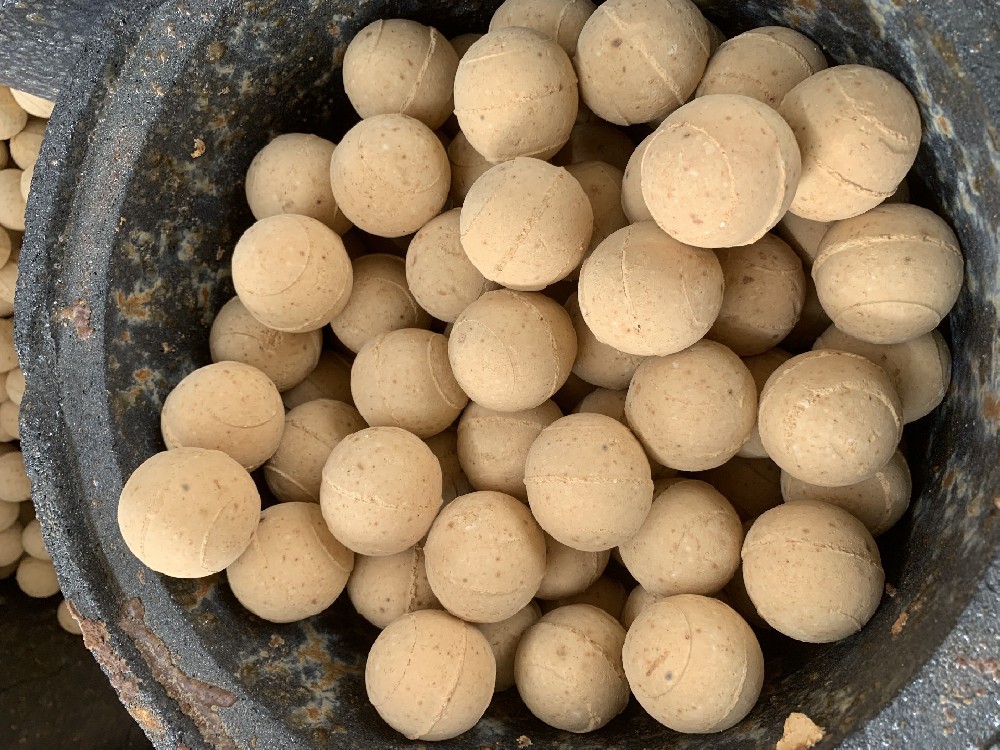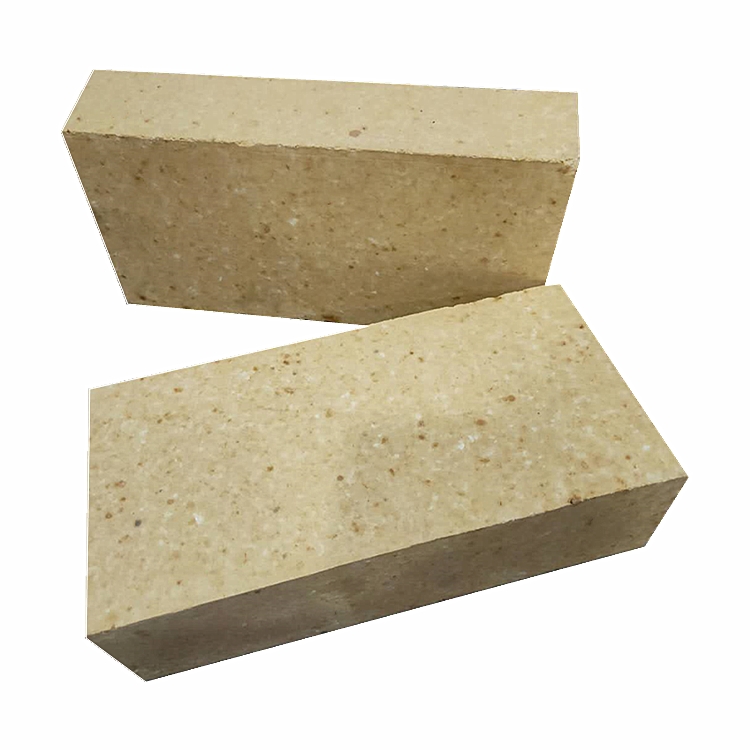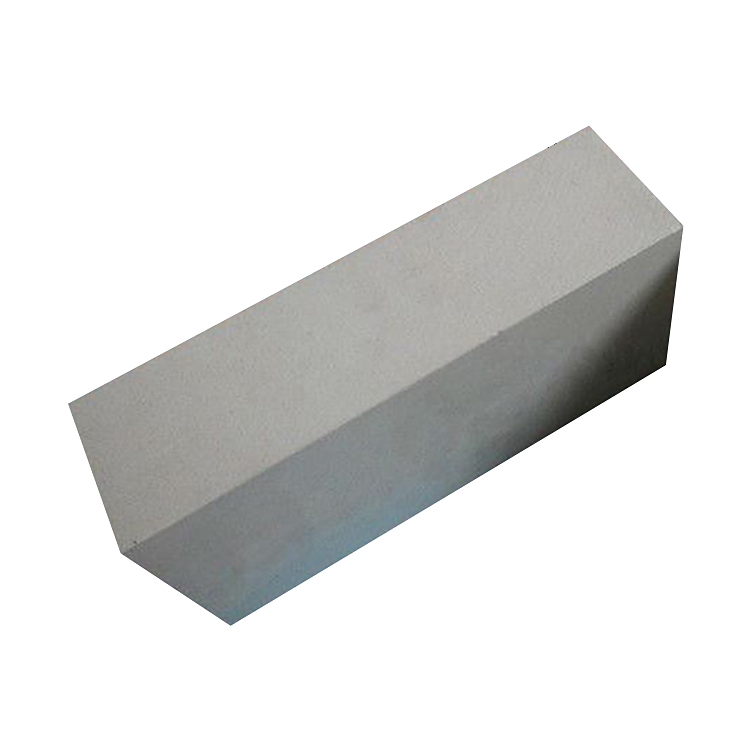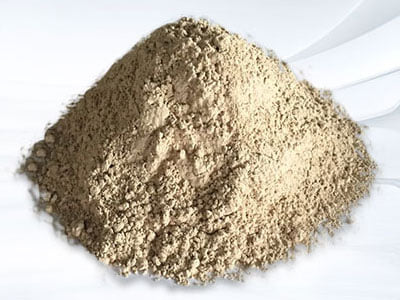Classification and manufacturing method of lightweight firebrick
Lightweight refractory brick is a kind of thermal insulation refractory material, which refers to the refractory brick with high porosity, low bulk density and low thermal conductivity. Lightweight refractory bricks are characterized by a porous structure (the porosity is generally 40-85%) and high thermal insulation.
1. There are various classification methods for lightweight refractory bricks:
(1) Classified by bulk density. Lightweight refractory bricks with a bulk density of 0.4 to 1.3g/cms; ultra-lightweight refractory bricks with a bulk density below 0.4g/cm3.
(2) Classified according to the temperature of use. The use temperature of 600-900 ℃ is a low-temperature thermal insulation material; 900-1200 ℃ is a medium-temperature thermal insulating material; a temperature exceeding 1200 ℃ is a high-temperature thermal insulating material.
(3) Classification by product shape. One is shaped light refractory bricks, including clay heat insulating refractory bricks, high alumina heat insulating refractory bricks, siliceous refractory bricks and some pure oxide light weight refractory bricks; the other is unshaped light weight refractory bricks , such as lightweight refractory concrete.
The heat storage loss of industrial furnace masonry and the heat dissipation loss of furnace body surface generally account for about 24-45% of fuel consumption. Using lightweight refractory bricks with low thermal conductivity and small heat capacity as the furnace body structural material can save fuel consumption; at the same time, because the kiln can heat up and cool rapidly, it can improve the production efficiency of the equipment; it can also reduce the weight of the furnace body and simplify the kiln Furnace structure, improve the quality of refractory bricks, reduce ambient temperature and improve working conditions.
The disadvantage of lightweight refractory bricks is that the porosity is large, the organization is loose, and the slag resistance is poor. The slag quickly penetrates into the pores of the refractory brick body, causing it to shatter, and cannot be used for direct contact with slag and liquid metal parts; It has low mechanical strength, poor wear resistance and poor thermal stability, so it cannot be used in load-bearing structures, nor should it be used in parts that are in contact with the charge and are severely worn.
Due to the above shortcomings of light refractory bricks, in industrial kilns, light refractory bricks are generally not used in the parts of the furnace that are in contact with the charge, where there are slag and hot air with high flow velocity and large mechanical vibrations. Lightweight refractory bricks are mostly used as insulation, lining or insulation for kilns.
2. The manufacturing methods of lightweight refractory bricks usually include the following four:
(1) Burn out the addition method. Also known as the addition of combustibles. Combustibles that are easy to burn out, such as charcoal powder, sawdust, etc., are added to the mud for making refractory bricks, so that the refractory bricks have certain pores after firing.
(2) Foam method. A foaming agent, such as rosin soap, is added to the mud for making refractory bricks, and it is foamed by a mechanical method, and a porous refractory brick product is obtained after firing.
(3) Chemical method. Using a chemical reaction that can properly generate gas, a porous refractory brick product is obtained in the process of making refractory bricks, usually dolomite or periclase plus gypsum, and sulfuric acid as a foaming agent.
(4) Porous material method. Lightweight refractory bricks are prepared from porous raw materials such as natural diatomite or artificial kerosene foam clinker, alumina or zirconia hollow spheres.
The commonly used lightweight refractory bricks are mainly lightweight clay refractory bricks, lightweight high-alumina refractory bricks and lightweight siliceous refractory bricks.
-

Thermal storage alumina balls
The Thermal storage alumina ballsis made of industrial alumina and refractory kaolin as the main raw materials through scientific formula, forming and high-temperature calcination.Thermal storage alumina ballss are divid··· -

Anti-stripping high alumina brick
Use description of Anti-stripping high alumina brick1. Anti-stripping high alumina brick has a good application in low temperature parts such as large and medium-sized cement precalciner, kiln smoke chamber, indoor decom··· -

Anti-stripping high alumina bricks
Anti-stripping high alumina bricks are made of high alumina bauxite clinker, mullite, kyanite, zircon sand, and binder after granulating and powdering processes, mixed in a certain proportion, pressed into shape, and fir··· -

silica hot repair refractory
Performance index of silica hot repair refractoryThe material is a kind of plastic unshaped refractory material, its main component is SiO2, it is made of special clinker and various binders and additives, and it is proc···

